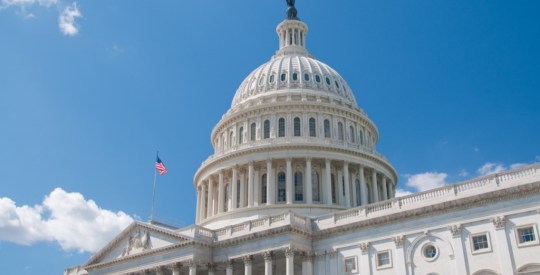Urbanization is rapidly transforming cities worldwide. By 2050, it is projected that 90% of the U.S. population will reside in urban areas, signifying a monumental shift towards city living. This unprecedented urban growth poses substantial implications for housing, particularly in accommodating an expanding and increasingly diverse population within urban centers.
As cities become denser, the challenge of providing sufficient, affordable housing becomes more acute. Additionally, urbanization is closely linked to the concept of “aging in place,” where more individuals choose to remain in urban areas as they age, necessitating housing solutions tailored to their specific needs.
To ensure affordable housing for all by 2050, innovative approaches to urban planning, financing, and policy must be explored. Emphasizing inclusivity and sustainability, these strategies can address the housing crisis and create resilient urban living spaces for future generations.
Challenges created by urbanization
As people flock to cities, the demand for housing increases exponentially, leading to higher prices. In the past five years, typical home prices across the U.S. rose 37.5%. Rapidly growing cities are experiencing even higher increases, including Nashville (+57.1%), Los Angeles (+55.1%), and Austin (+53.3%).
Urbanization involves not just population growth but also the transformation of urban landscapes. Cities are becoming denser, causing a shift towards vertical living in response to the limited availability of land and the need to accommodate more people in a finite space. However, increased density presents challenges, such as the need for adequate infrastructure, transportation, and public services.
Urbanization is driven by several factors, including economic opportunities, better access to services, and a higher quality of life. Younger generations, particularly Gen Z, are also significantly shaping urbanization trends, as they often prioritize urban living for its vibrancy, opportunities, and lifestyle.
In addition to young people, a major driver of urbanization is the aging population. The “aging in place” trend has profound implications for urban housing. Cities must adapt to meet the needs of older adults, providing accessible and affordable housing options that enable them to live independently and with dignity.
At HVPG, we recently completed a renovation at a senior living facility in Jersey City, a city experiencing rapid growth with almost 30% of its current population arriving in 2021 or 2022. Our renovation includes features such as step-free entrances, wider doorways, and bathroom modifications. Additionally, we prioritized increasing access to healthcare services and community amenities, which are crucial for the well-being of older adults.
Affordable housing is essential for the stability and well-being of urban communities. It ensures that residents of all ages, regardless of their income level, have access to safe and decent housing.
Expanding affordable housing access requires a multifaceted approach that prioritizes the following three elements:
1. Inclusionary zoning:
Policies at the local, state, and federal levels that support affordable housing development and provide financial assistance to low-income families are essential for ensuring housing stability and affordability. For example, inclusionary zoning policies require developers to include a certain percentage of affordable units in new residential developments. This ensures that affordable housing is integrated into all neighborhoods, promoting social and economic diversity.
2. Public-private partnerships:
Collaboration between the public and private sectors is crucial for addressing the affordable housing crisis. Public-private partnerships can leverage the resources and expertise of both sectors to develop and preserve affordable housing. These partnerships can include joint ventures, tax incentives, and subsidies to make housing development more feasible and affordable.
3. Sustainable building practices:
Sustainability is a key consideration in urban planning and housing development that can create healthier living environments and contribute to the overall resilience of urban communities. One notable approach is adaptive reuse, which involves repurposing existing buildings for new uses. This approach can be an effective way to increase the supply of affordable housing without the environmental impact caused by new construction.
The trend towards urbanization presents both challenges and opportunities for housing. As cities continue to grow and evolve, it is crucial to adopt innovative approaches to urban planning, policy initiatives, and public-private partnerships to address the housing crisis and create vibrant, livable urban communities for future generations.
Jason Bordainick is the Managing Partner and Co-Founder of Hudson Valley Property Group.
This column does not necessarily reflect the opinion of HousingWire’s editorial department and its owners.
To contact the editor responsible for this piece: [email protected]





